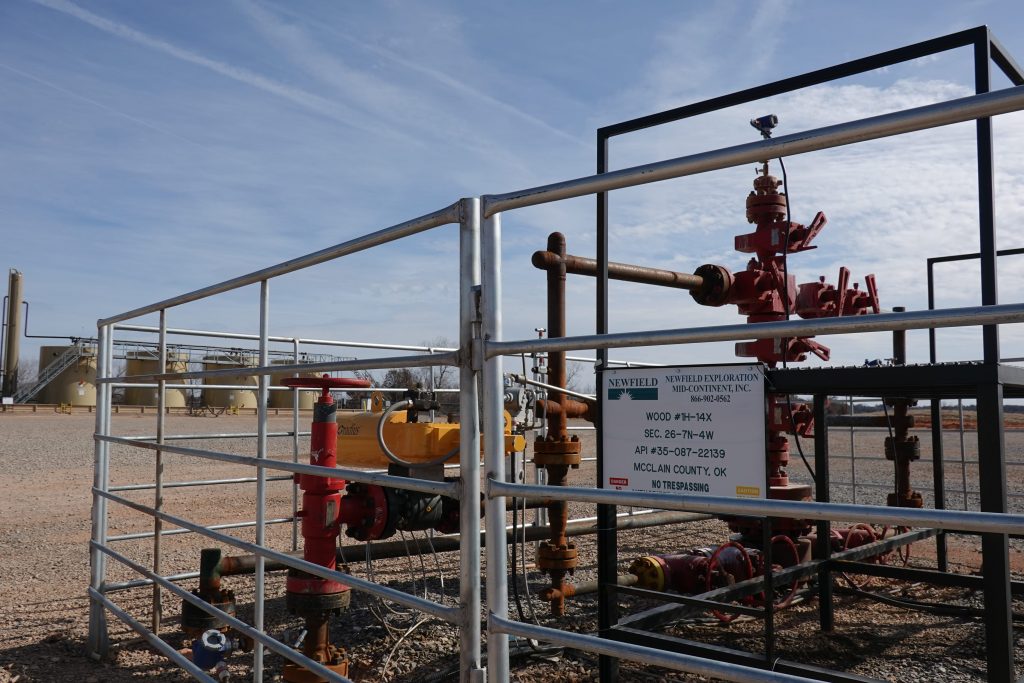
It is undeniable that the oil and gas industry is highly profitable. However, before entering this industry, it is important to understand how it works, including key terms such as mineral rights and royalties, as well as taxes related to these aspects. One such tax is the severance tax, which varies across different states.
Throughout the years, states have implemented different measures to capitalize on accessible resources while ensuring that communities receive compensation for the benefits that mineral resources can provide. As a result, states impose different forms of severance taxes on the extraction and sale of oil and natural gas. These severance taxes specifically target the extraction and production of natural resources.
Learn more about severance tax – read on.
What is a severance tax?
A severance tax is a state tax on the extraction and production of non-renewable natural resources, particularly those intended for consumption in other states. This tax applies to resources like crude oil, uranium, and methane.
In most cases, the revenue generated from an oil severance tax contributes only a small portion to the overall government revenue, unless a state is particularly abundant in resources. The primary purpose of implementing a severance tax is to provide compensation to states for the depletion of their non-renewable resources.
How does severance tax work?
State severance taxes are imposed on oil and gas producers and other parties involved in mineral operations who hold royalty interests. The tax is determined based on either the value or volume of production and sometimes a combination of both.
The purpose of oil and gas severance taxes, as previously mentioned, is to provide compensation to states for the depletion of their non-renewable resources and to cover any associated extraction costs. However, the imposition of an oil severance tax occurs only when a well reaches a certain threshold of natural resource production, which is determined by the respective state government.
Contact DW Energy
Want to learn more about oil & gas investing? Our expert team can provide you with more information or schedule a consultation to talk about diversifying your investment portfolio.

In situations where the tax rate becomes burdensome for producers, certain tax incentives may be implemented to alleviate the financial impact. These incentives are designed to discourage well extractors from abandoning their operations and lowering the tax rate. By providing these tax breaks, oil and gas producers are encouraged to expand their operations.
Royalty owners are required to contribute a proportionate amount towards oil severance taxes, which is clearly outlined in their monthly revenue statement as part of their obligations. Even if royalty owners do not achieve a net profit on their investment, they might still be obligated to pay severance tax as required by law.
Note that state severance taxes can be deducted from federal corporate income tax liabilities. A severance tax is different from an income tax. In addition to severance taxes, royalty owners are still required to pay state and federal income taxes on their oil and gas earnings.
The exemption from severance taxes for specific wells depends on the production volume and is subject to the regulations set by each state.
Severance Tax Incentives
Severance tax incentives are implemented to lower or suspend the taxes imposed on oil and gas production. These incentives motivate operators to participate in activities that extract oil and gas resources that might have otherwise remained untapped.
The primary objective of these incentive programs is to strengthen the economy by promoting investments in the production and exploration of natural resources while optimizing their utilization. By offering reductions in severance taxes on oil and gas production, the overall cost of production is effectively decreased.
How does severance tax vary by state?
As previously mentioned, the specific severance tax rates vary among states. Typically, the rate is determined by considering the market value of the non-renewable resource. Presently, the allocation of tax rates and incentives for crude oil production in Texas is outlined as follows:
- Gas – 7.5 percent of market value of gas produced and saved
- Oil – 4.6 precent of market value of oil produced
- Condensate tax – 4.6 precent of market value
Severance taxes serve as a means of remuneration that states receive for the extraction of non-renewable resources. However, the calculation of oil severance taxes varies across states due to differing regulations. Different incentives are offered to investors to encourage their involvement in the oil and gas industry. Familiarizing yourself with this important term is essential if you looking for investment opportunities in Texas.
Contact dw energy
Sources:
“Severance Tax: What it Means, How it Works,” Investopedia, https://www.investopedia.com/terms/s/severance-tax.asp
“Texas Severance Tax Incentives,” Railroad Commission of Texas, https://www.rrc.texas.gov/oil-and-gas/publications-and-notices/texas-severance-tax-incentives/
“Ever Heard Of Severance Tax? It’s How Texas Makes Money Off Oil And Gas Drilling,” University of Texas at Austin, https://www.kut.org/texas/2018-12-28/ever-heard-of-severance-tax-its-how-texas-makes-money-off-oil-and-gas-drilling
“Class Action to Force Companies to Reimburse Royalty Owners for Severance Tax Refunds,” Oil and Gas Lawyer Blog, https://www.oilandgaslawyerblog.com/class-action-to-force-companie/
“6 tax preparation tips for mineral and royalty managers,” Enverus, https://www.enverus.com/blog/6-tax-preparation-tips-for-mineral-and-royalty-managers/
